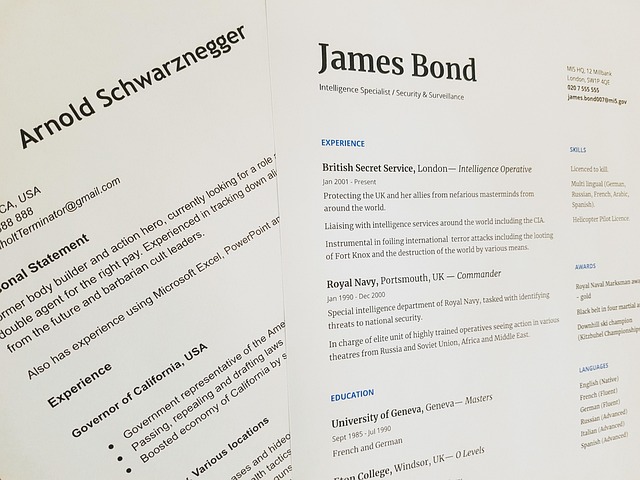Building a skills-first profile for global employers
A skills-first profile highlights what you can do, not just where you studied or worked. For professionals aiming at global employers, presenting verifiable skills, concise credentials, and focused examples of work increases clarity for hiring teams evaluating remote and cross-border candidates. This article outlines practical steps to shape a profile that improves visibility and supports career mobility.

Starting from your headline and summary, a skills-first profile reorients how you present experience for international employers. Emphasize concrete abilities, outcomes, and credentials over long lists of tasks. Use measurable results where possible and place key skills prominently so recruiters and automated screening systems can identify your strengths quickly.
Skills and credentials
A skills-first approach begins by mapping the core abilities you bring to a role: technical skills, soft skills, and domain-specific knowledge. List these clearly on your profile and validate them with credentials, project links, or endorsements. Prioritize skills that are in demand for your target roles and explain context—how you applied a skill and what outcome it produced. This helps global employers assess transferability across markets and remote settings.
Upskilling and microcredentials
Upskilling shows continuous learning and adaptability. Short courses, microcredentials, and online training can fill gaps and demonstrate current competence. Choose programs with recognized syllabi or industry relevance and note specific modules or projects completed. When possible, include links to certificates or project repositories so employers can verify achievements quickly and see the practical work behind a new credential.
Resume and portfolio
A concise, skills-centered resume pairs well with a portfolio that showcases tangible evidence. On a resume, lead with a brief skills summary and highlight 2–4 achievements that reflect those skills. A portfolio should include case studies, code samples, design artifacts, or reports that explain the problem, your role, the skills used, and the impact. For global roles, include context about scale, technologies, or collaboration across time zones.
Certification and apprenticeships
Certification and apprenticeships provide structured pathways to develop skills and demonstrate competency. Certifications with clear assessment criteria or industry recognition are easier for employers to interpret. Apprenticeships and structured training programs also indicate practical experience and mentorship. When listing credentials, state issuing organizations, dates, and any assessment components so hiring teams can evaluate relevance to their requirements.
Interview and employability
Preparing a skills-first narrative for interviews helps bridge profile claims to conversational evidence. Practice describing projects using the problem-action-result format, emphasizing the specific skills applied. For remote and international roles, address communication, collaboration tools, and time zone experience. Demonstrating situational readiness—how you onboard, share deliverables, and handle feedback—contributes to perceived employability.
Remote work and networking
For global employers, remote readiness and professional networks matter. Showcase remote collaboration examples, familiarity with common tools, and strategies for asynchronous work. Use networking to validate skills: request informational interviews, join industry forums, and collect concise endorsements that reference specific competencies. Networking can provide referrals and contextualize your skills for employers unfamiliar with your local market.
Conclusion A skills-first profile clarifies what you offer and streamlines evaluation by global employers. Combine a clear skills list, verifiable credentials, focused resume entries, and a portfolio of evidence to present a coherent picture of capability. Regularly refresh microcredentials and document practical outcomes from projects so your profile reflects both current competence and a pathway for continued growth.





